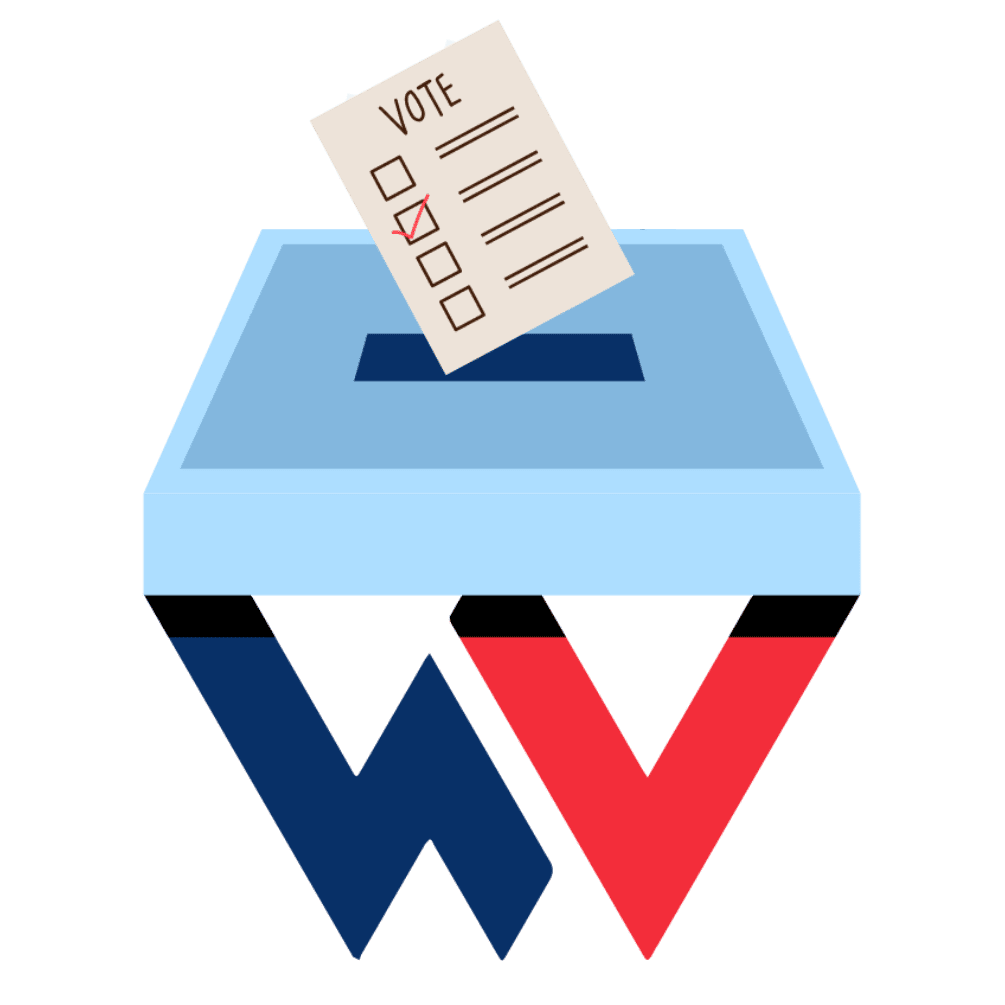How does Project 2025 address social welfare?
Project 2025 outlines a transformative approach to managing social welfare, aiming to significantly reduce government involvement and expenditure in this area. The primary focus is on encouraging individual responsibility and minimizing dependency on government support. This initiative includes several key proposals intended to reshape social welfare:
Direct Text Citation:
“The reforms will involve significant downsizing and restructuring of federal agencies to reduce government size and cost, with targeted time limits and work incentives for able-bodied individuals.” (Project 2025, Page 6)
Restructuring Benefits:
Project 2025 advocates for the restructuring of welfare benefits to incentivize work among able-bodied individuals. This includes the introduction of work requirements and time limits on benefits, which are designed to discourage long-term dependency on government assistance.
Targeting High-Income Enrollees:
The project suggests implementing targeted premiums and cost-sharing measures for higher-income enrollees to ensure that welfare programs are more financially sustainable and focused on the most needy.
Decentralizing Control:
There is a significant push to give states more flexibility to manage their welfare programs without federal oversight. This decentralization is intended to allow for more tailored approaches that fit local needs but could lead to significant variability in how welfare is administered across different states.
Eliminating Redundant Programs:
Project 2025 plans to cut or consolidate programs and agencies deemed unnecessary or redundant, aiming to streamline operations and reduce administrative overheads.
Impact for Everyday Citizens:
The proposed changes to social welfare could have profound implications for millions of Americans, particularly those who rely on government assistance to meet basic needs.
The introduction of work requirements and the reduction of benefits could place additional burdens on low-income families, potentially leading to increased poverty and hardship for those unable to meet the new criteria.
The decentralization of control to states could result in a patchwork of welfare standards, where residents of some states may receive less support than those in others, depending on local policies and economic conditions.
This variability could exacerbate regional inequalities and undermine the safety net that federal uniformity currently provides.
Furthermore, the emphasis on cutting costs and reducing programs could lead to fewer available services, such as childcare, healthcare, and job training, which are crucial for helping individuals transition out of poverty.
As these supports diminish, the risk of long-term poverty could increase, affecting community stability and individual well-being.
Overall, while Project 2025 aims to reduce government spending and encourage self-sufficiency, the cuts to social welfare could lead to more significant challenges for vulnerable populations, impacting their ability to achieve economic stability and worsening societal inequalities.
